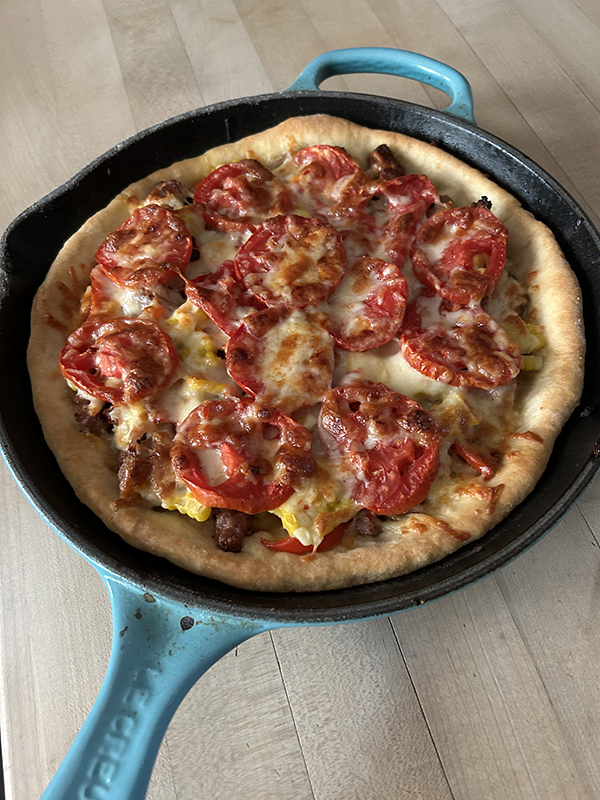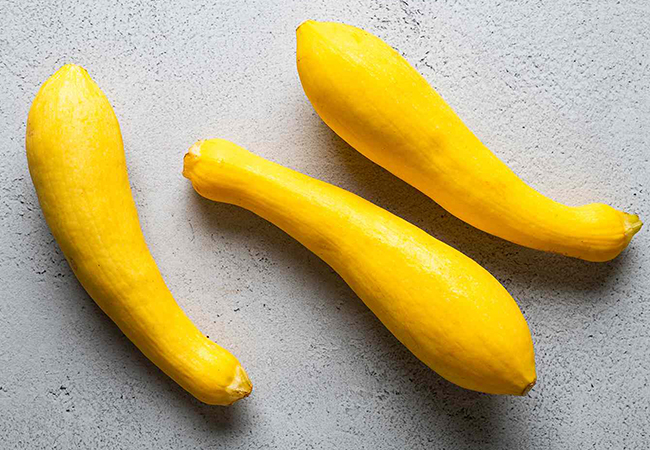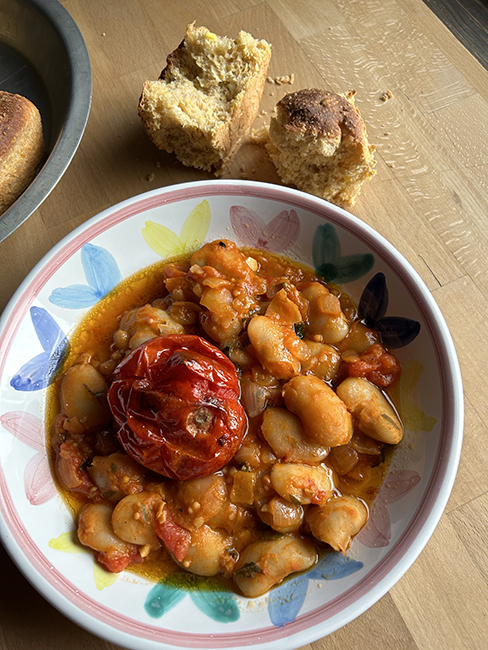
Takes: 45 mins. to one hour
Serves: 4-6
This recipe includes tomatoes two ways – roasted and in a sauce with a bit of Korean gochujang. It’s based on a recipe by the British food writer and cookbook author Nigel Slater, who uses butter beans, which is what the Brits and some US Southerners call lima beans. I used giant white Corona beans from Rancho Gordo (sometimes available at Willy Street Co-op). You can use any meaty white beans in this recipe, such as great northern beans or cannellini beans; I think even garbanzo beans would work, either canned or cooked from dried. You can also use any type of tomatoes – I roasted slicers and used Romas in the sauce – but again use what you got. Be sure to drizzle a few spoonfuls of the roasted tomato juices over each serving, and serve with crusty bread for mopping up the sauce, possibly yeasted corn bread.
More about the bread: Cookbook author and photographer Heidi Swanson has been posting recipes to her 101 Cookbooks blog for close to 20 years, and this cornbread is an early one, from 2007, and works beautifully as written. I tweaked Heidi’s method just slightly: I made a sponge with all of the water and yeast, and let that rise for about an hour until nice and bubbly. Then I added the remaining flour, and cornmeal, oil, honey, and corn. I omitted the chives, and also used a combination of white and whole wheat flour, instead of the white whole wheat suggested. Finally, instead of doing a rise at the ball of dough phase I shaped my rolls and let those rise for about another hour, and baked them. Heidi suggests baking the rolls in muffin tins which would be pretty if you have fluted ones, as shown in the top picture – I baked my rolls in 2 cake pans, and got 16 as promised in the recipe. Scroll aaallll the way down for a pic!
For the roasted tomatoes:
5-8 tomatoes, depending on size and how many people you’re serving
3-4 tablespoons of olive oil
For the beans and sauce:
1 1/2 to 2 cups chopped onions
salt and fresh ground pepper to taste
3 tablespoons olive oil
3 cloves of garlic, peeled and shopped or put through a press
3/4 pound tomatoes, slicers or Romas, chopped – peeling optional
2 teaspoons yellow mustard seeds
1 teaspoon ground cumin
1-2 tablespoons gochujang, depending on your taste for heat
2 14-ounce cans white beans, drained, saving about 1/2 cup of the liquid, OR 2 1/2 to 3 cups white beans cooked from dried, with about 1/2 cup of the cooking liquid
Chopped fresh herbs, such as basil or parsley, optional
- Roast the tomatoes: Heat the oven to 425°. Rinse the tomatoes you’re going to roast, and remove the stems, but otherwise leave whole. Nestle the tomatoes in a glass baking dish that holds them pretty snugly, and drizzle the 3-4 tablespoons olive oil over. Try to use a baking dish that just holds the tomatoes – I used a slightly-too-large dish and my kitchen got a little smoky until the tomato juices ran and covered the exposed olive oil in the bottom of the pan! Roast for about 40 minutes, until the tomatoes are brown on top – the original Nigel Slater recipe says until they have “tan on their shoulders” – and they’re just starting to split and collapse.
- While the tomatoes roast, make the beans and sauce: pour the 3 tablespoons olive oil into a 10-12 inch deep skillet with a lid, and heat to medium high. Add the onions and salt and pepper, stir, and reduce the heat to so it’s at a gentle simmer. Add the garlic. Cook gently until the onions are tender, about 10 minutes. Add the chopped tomatoes, mustard seeds, cumin, and gochujang, and continue to cook until the tomatoes are starting to break down, about another 10 minutes. Add the beans and their liquid, stir, and taste for seasoning. Cook for about 10 more minutes until the beans are heated through. If the roasting tomatoes aren’t done at this point, cover the pan, reduce the heat to low, and simmer until the roasters are ready.
- Stir the optional chopped herbs into the sauce, and serve in wide shallow bowls. Give each person a whole tomato with some of the tomato juices.

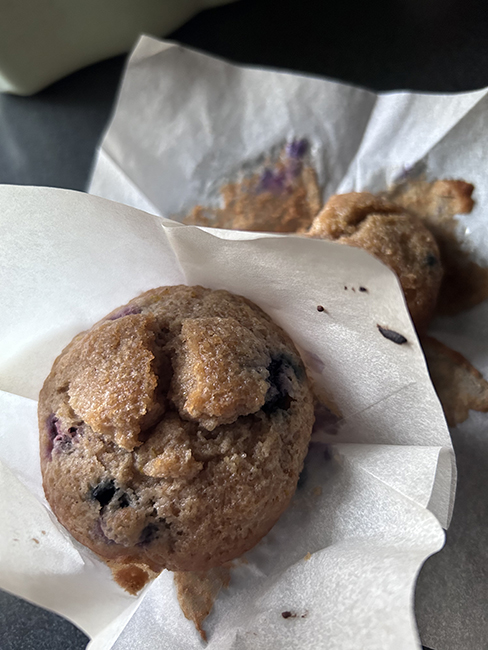
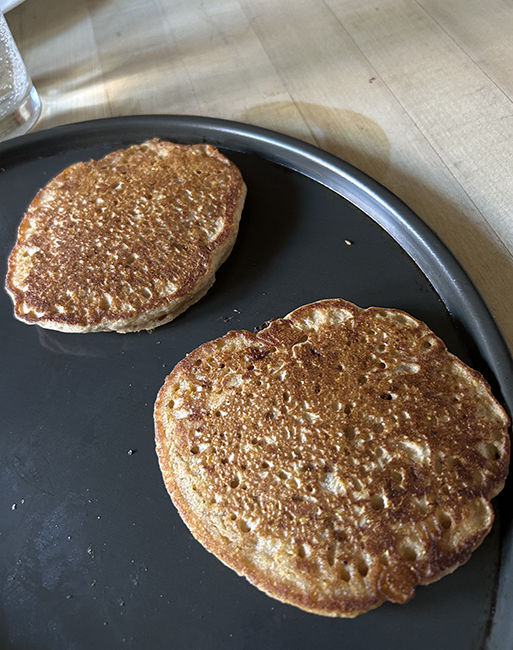

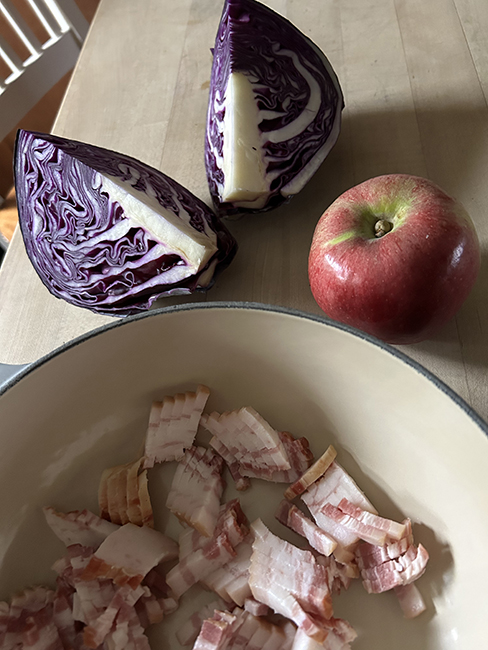
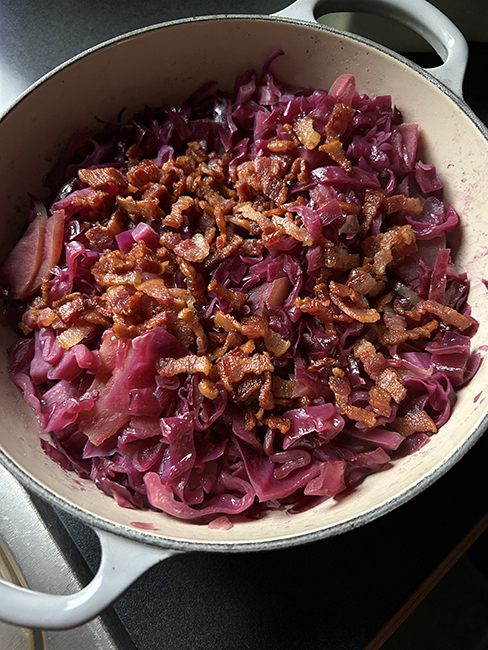
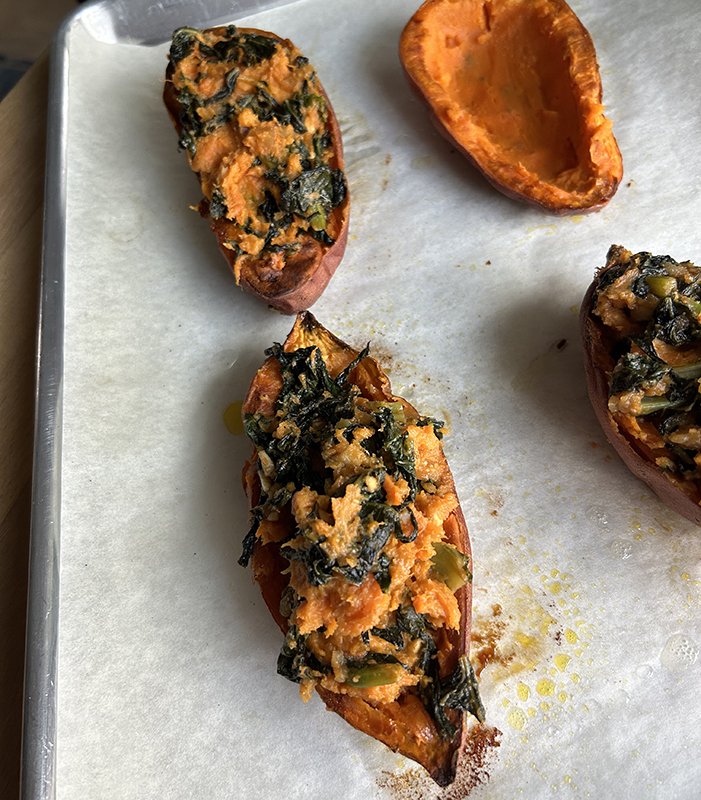
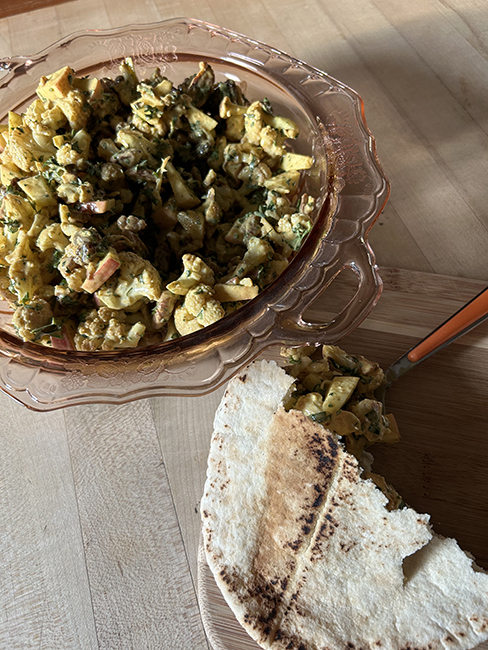
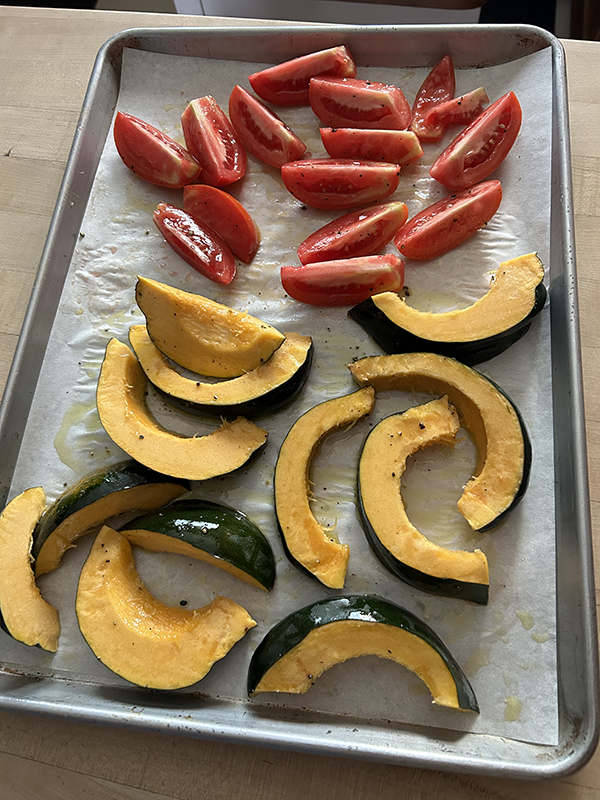 This quiche is made with peeled squash but the varieties of winter squash, like acorn and jester, that have ridged shells can be hard to peel when raw. It’s a lot easier to remove the skin after the squash is cooked, so that’s what I’ve done here. And roasting the tomatoes concentrates the juices and makes then even sweeter. I’ve used Provolone cheese and a bit of goat cheese, but feel free to sub in other cheeses to your taste.
This quiche is made with peeled squash but the varieties of winter squash, like acorn and jester, that have ridged shells can be hard to peel when raw. It’s a lot easier to remove the skin after the squash is cooked, so that’s what I’ve done here. And roasting the tomatoes concentrates the juices and makes then even sweeter. I’ve used Provolone cheese and a bit of goat cheese, but feel free to sub in other cheeses to your taste.


